Email format error
Email cannot be empty
Email already exists
6-20 characters(letters plus numbers only)
The password is inconsistent
Email format error
Email cannot be empty
Email does not exist
6-20 characters(letters plus numbers only)
The password is inconsistent

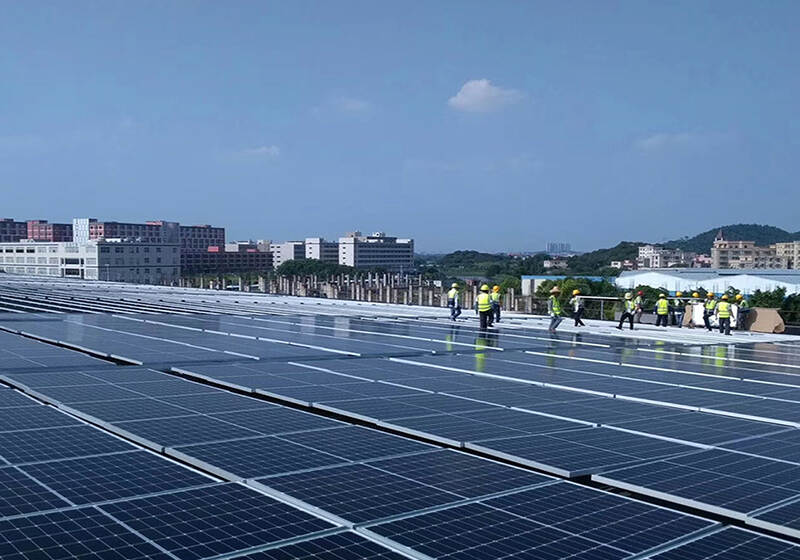
Monocrystalline Solar Panels VS Polycrystalline Solar Panels
There are three main types of solar panels: monocrystalline solar panels, polycrystalline solar panels and thin film solar panels. There are several other promising technologies in development, including double-layer panels, organic solar cells, concentrated photovoltaics and even nanoscale innovations such as quantum dots.
Today Yuli Energy mainly introduces the advantages, disadvantages and features of our monocrystalline solar panels and crystalline solar panels, in order to help you select the most suitable solar panels for your home.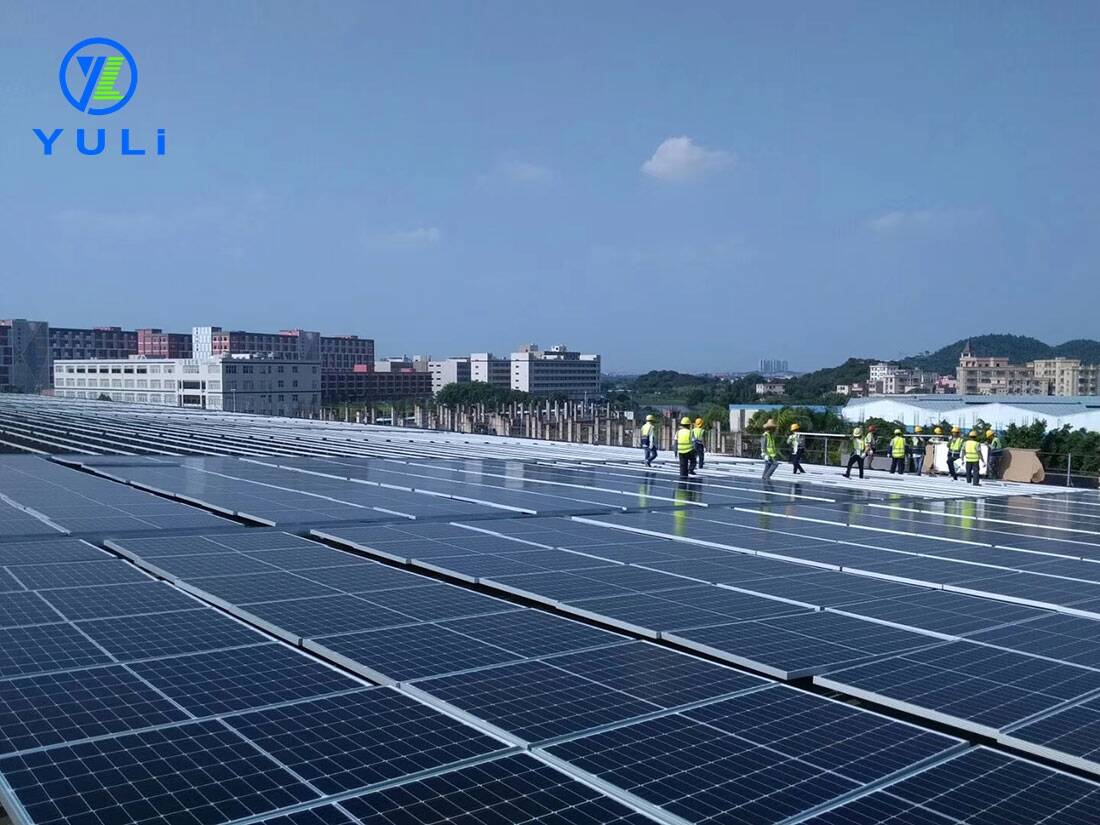
What Is Monocrystalline/Polycrystalline Solar Panel?
Monocrystalline solar panels (MONO-SI) are pure types of solar panels made from monocrystalline silicon. They have a uniform dark appearance and rounded edges make them easy to recognize. The purity of the silicon allows for high energy rates, some reaching 20% or more. These panels tend to suffer from the effects of high temperatures compared to polycrystalline panels. For these reasons, they also tend to be the most expensive.
Compared to single crystal structures, atomic positions in an amorphous structure are limited to a short range. Polycrystalline is made up of many smaller crystals known as microcrystalline and para-crystalline phases.
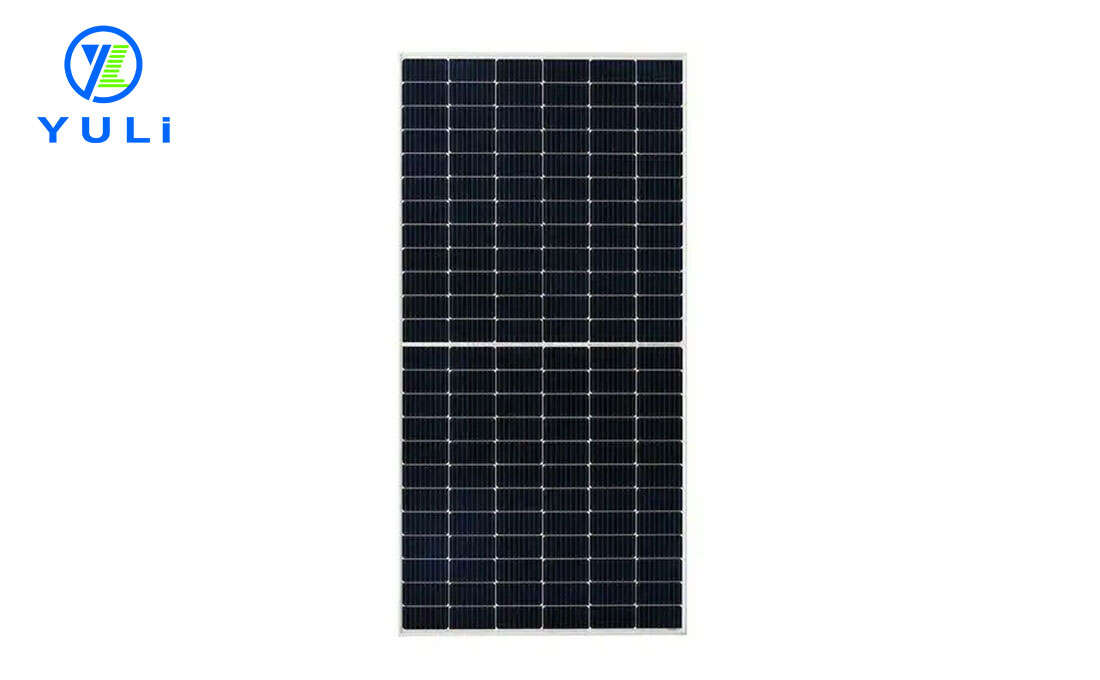
Specificities
● Monocrystalline solar panels
Monocrystalline silicon solar cell is a kind of solar cell that has been developed rapidly at present, and its composition and production process have been finalized, and the product has been widely used in cosmic space and terrestrial facilities. This solar cell to high-purity monocrystalline silicon rods as raw materials, purity requirements of 99.999%. Monocrystalline silicon solar cell photoelectric conversion efficiency of about 15%, high up to 24%, which is the current types of solar cells in the photoelectric conversion efficiency, but the production cost is very large, so that it can not be a large number of widespread and universal use. As monocrystalline silicon is usually encapsulated with toughened glass as well as waterproof resin, it is robust and durable, with a service life of up to 15 years in general and up to 25 years in high, Yuli solar panel provide 25 years warranty to well ensure the good quality for our customers.
● Polycrystalline solar panels
Polycrystalline silicon solar cells and monocrystalline silicon solar cell production process is almost the same, but polycrystalline silicon solar cells to reduce the photoelectric conversion efficiency is quite a bit lower, its photoelectric conversion efficiency of about 12% or so. In terms of production cost, it is lower than monocrystalline silicon solar cells, easy to manufacture materials, saving power consumption, the total production cost is lower, so it has been developed in large quantities.
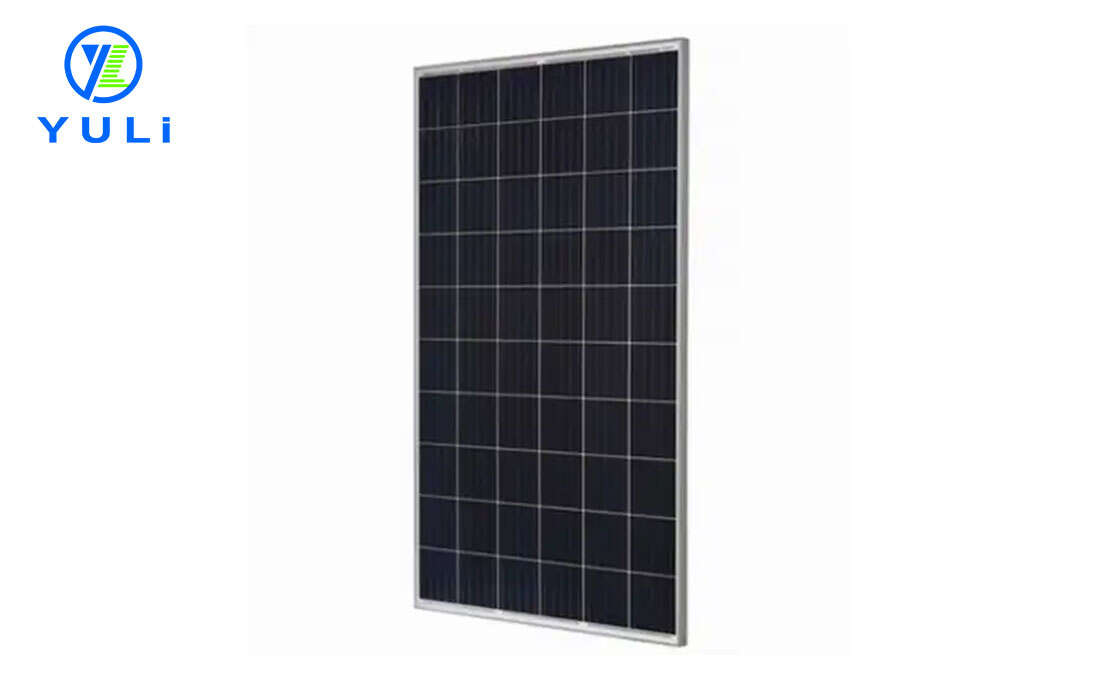
Advantages And Disadvantages
● Advantages
1. Monocrystalline silicon is highly efficient in generating electricity;
2. The relatively low cost of polysilicon.
● Disadvantages
1. The relative cost of monocrystalline silicon is also higher;
2. Polycrystalline silicon's power generation efficiency is low;
3. At present, the efficiency of monocrystalline silicon can generally reach about 14%, while polycrystalline silicon is only about 7%.
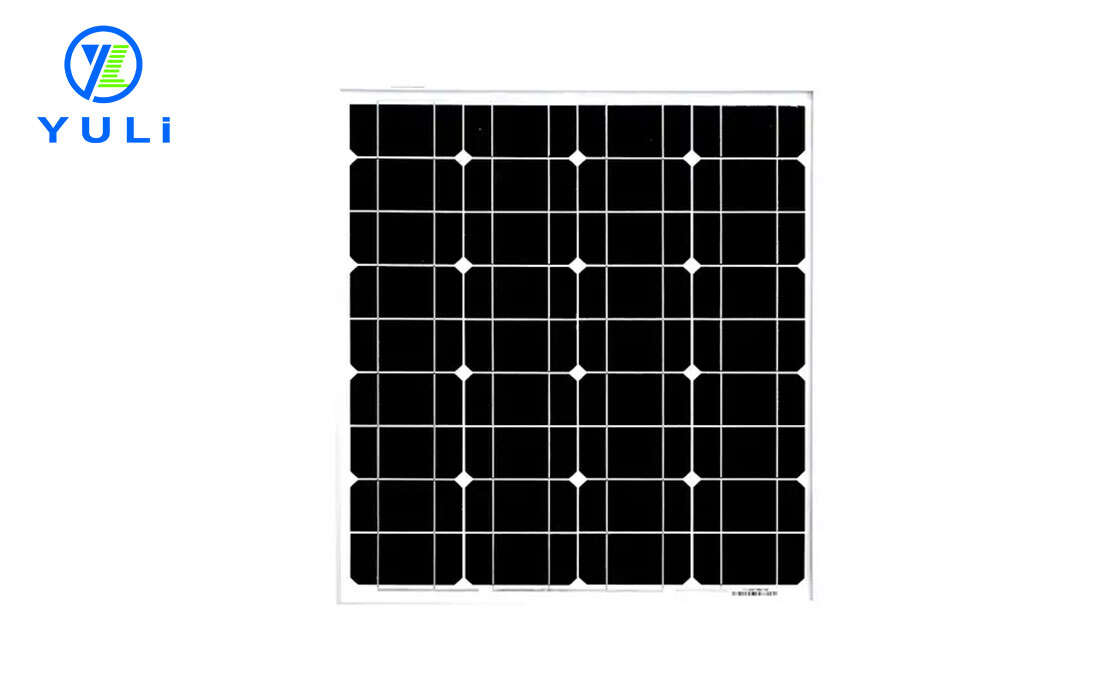
Summarize
1. Monocrystalline use of high conversion efficiency, in layman's terms, that is, the same piece of panel monocrystalline than polycrystalline power to be slightly higher That is to say, in a fixed range of places, the installation of the same number of panels, monocrystalline power is higher than polycrystalline.
2. Monocrystalline silicon attenuation value is low. Monocrystalline and polycrystalline in the same environment after using the same number of years, monocrystalline attenuation than polycrystalline lower, that is to say, the same environment and the same power after a few years, monocrystalline power generation effect is slightly better than polycrystalline.
3. Monocrystalline silicon panels in low-light environment power generation effect effect is higher than polycrystalline silicon, that is to say, in cloudy days or light is not strong, monocrystalline power generation effect compared to polycrystalline to be more stable.
Thank you for reading, Yuli Energy is committed to providing high quality monocrystalline/polycrystalline solar panels as well as a full range of other solar products to our customers around the world, please follow us to learn more about solar energy.
